Local historian: Exmouth's connection to the wife of Lord Byron
By Mike Menhenitt 2nd Oct 2022
By Mike Menhenitt 2nd Oct 2022

Anna Isabella Noel Wentworth (nicknamed Annabella) Milbanke was born on 17 May 1792 to Sir Ralph Milbanke Bt. and his wife The Hon Judith Noel, sister of Thomas Noel, Viscount Wentworth of Seaham Hall, County Durham.
She was a gifted child and loved mathematics and her father called her "Princess Parallellogram". She grew up to be a stiff, religious woman with strict morals.
Meeting Lord Byron
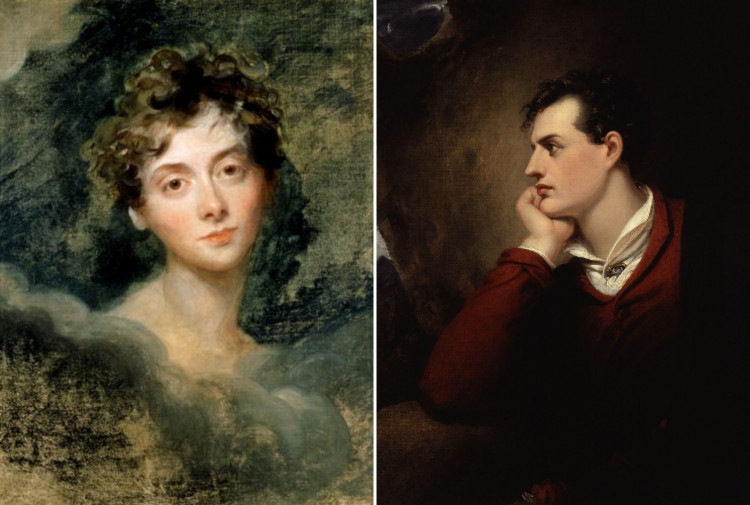
In March 1812 she first met the famous poet George Gordon Byron, Lord Byron.
He at the time was having an affair with the married Lady Caroline Lamb, who coined the infamous phrase about Byron: "Mad, bad and dangerous to know."
He eventually broke off their affair and he pursued several other women, including Lady Caroline's cousin, Annabella Milbanke and proposed to her some months later - but she turned him down.
Marriage
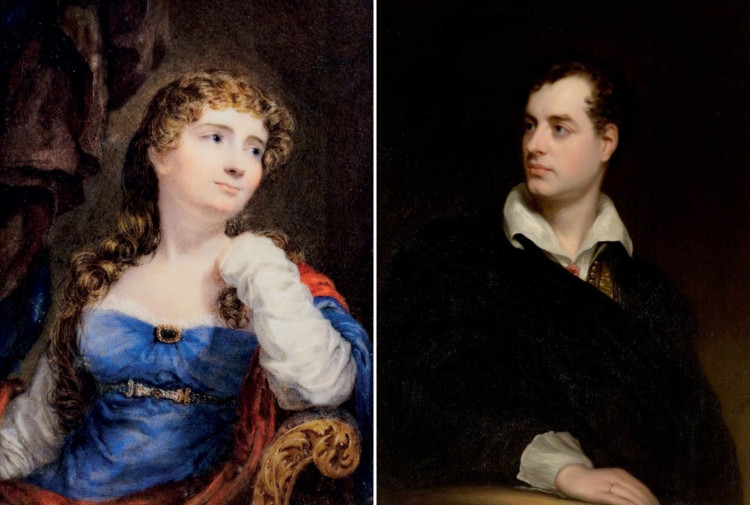
In 1814, he proposed for the second time, and in September 1814 they married by special licence at her family home by her cousin Rev. Thomas Noel.
They went to live in Piccadilly in London.
Lord Byron had estates in Newstead Abbey and Rochdale, which he was having trouble selling, and he was also refusing money for his poems, which was by now causing him financial difficulties.
He started drinking heavily and also abused his wife.
Later, in 1815, he started an affair with Susan Boyce, an actress at Drury Lane Theatre where he was a director.
In March 1815, Annabella became pregnant and, as she thought her husband was going mad, she wrote to her half-sister Augusta Leigh, who arrived at their house to be greeted with disdain by Byron.
On 10 December 1815, Annabella gave birth to their only child, Ada Augusta.
Separation, and death of Lord Byron
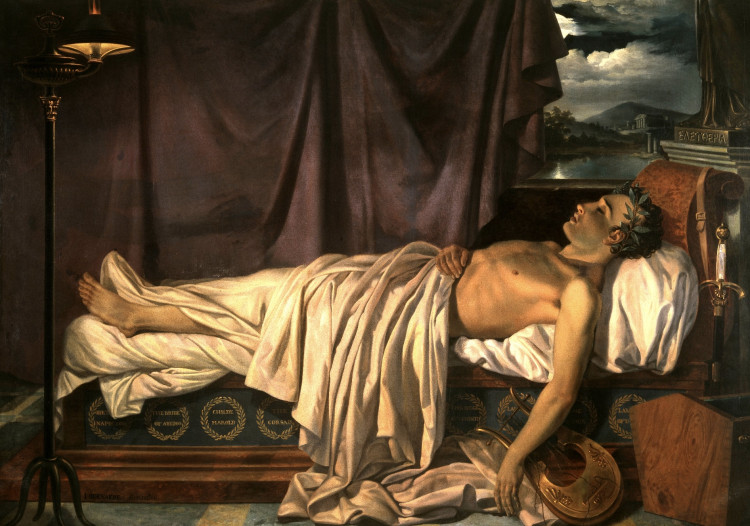
By now, his moods were getting worse and his financial situation equally so, and he suggested they all move to her parents at Kirkby Mallory in Leicestershire.
She went, and he said he would follow once he had tied up matters in London, but it would prove to be the last time she saw him.
On arriving at her parents' house they sought legal advice, and she formally requested a separation - which Byron eventually agreed to, providing it was her decision alone and not that of her parents, which she confirmed in a letter to Augusta.
She and Byron separated by private settlement on 28 March 1816.
In April 1816, Byron left England and died of Malaria in Greece in 1824 aged 36.
Exmouth, and her daughter Ada Lovelace
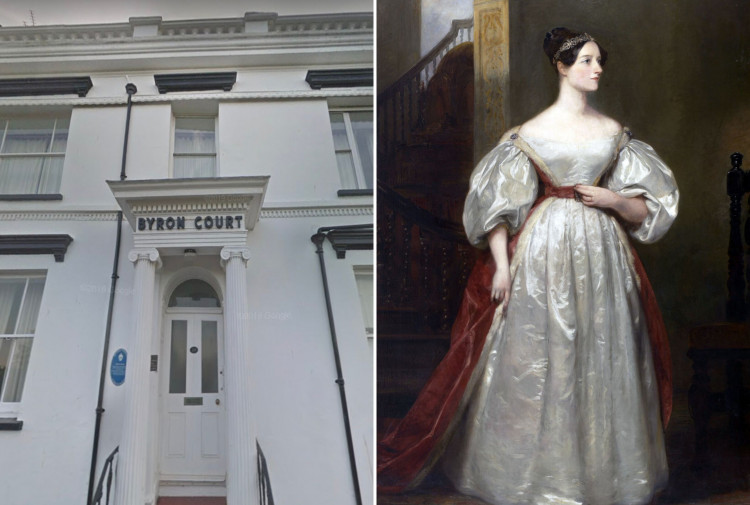
She and her daughter visited Exmouth in 1828, and spent the autumn at Chapmans Beacon Hotel, now number 19 The Beacon.
Her daughter, who was eight when Byron died, was also gifted in mathematics and sciences and at the age of 18 went to work with Charles Babbage, who invented the forerunner of the modern-day computer.
She is credited with writing the first modern-day computer programme, and the beginnings of computer language.
In July 1835, she married William, Lord King and they had three children.
He later also became Earl Lovelace and Viscount Ockham. Ada was a descendant of the extinct Barons Lovelace and became Countess Lovelace.
She died on 27 November 1852 aged 36 and is buried next to her father in Hucknall, Nottinghamshire.
Later life
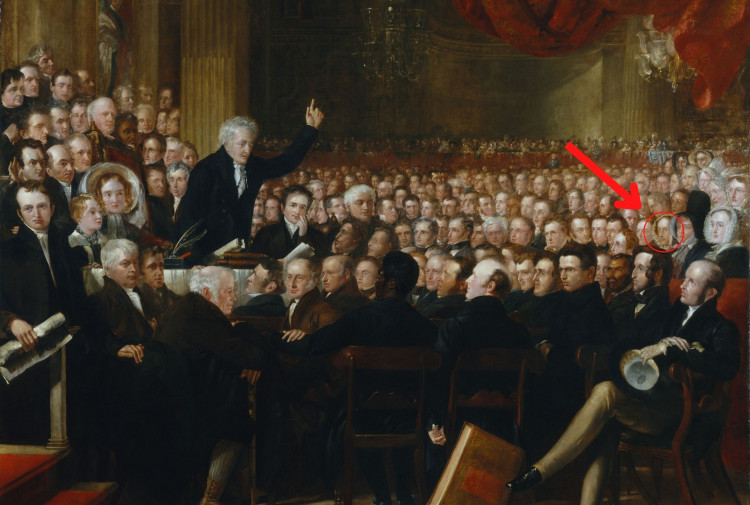
Meanwhile, Lady Byron committed her life to social causes, such as prison reform and the abolition of slavery, and was most proud that England was the first country to make illegal the slave trade in 1834. In 1840, she had attended The World Anti Slavery Convention.
She lived in Ealing, London between 1822 and 1840 and established Ealing Grove School in 1833.
She died of breast cancer on 16 May 1860, aged 67, and is buried at Kensal Green, London.
If you would like to know more please visit the museum's website or you can email Mike at [email protected].
—————
Ed: This article is from Mike Menhenitt's Walking Through Exmouth History series. Use the links below to read previous articles:
Part One: The beginnings of Exmouth, from the Stone Age to the Bronze Age
Part Two: Exmouth in the Iron Age - and the arrival of the Celts
Part Three: Roman coins and Viking raids
Part Four: The impact of the Norman conquest, and how places in Exmouth got their names
Part Five: How Exmouth became a fashionable seaside resort in the 18th century
Part Six: How the docks brought prosperity to Exmouth - and then became the marina
Part Seven: The coming of the railway
Part Eight: Turnpikes, toll houses and inns in Exmouth
Part Nine: Jobs your ancestors had in the town through the ages
Part 10: The town's first museums - and the museum as it is today
Part 11: A horse-drawn fire engine and the history of Exmouth Museum
Part 12: The Rolle family
Part 13: Exmouth's cost-of-living crisis in the 19th century
Part 14: Clapp's Cafe and the development of the town centre
CHECK OUT OUR Jobs Section HERE!
exmouth vacancies updated hourly!
Click here to see more: exmouth jobs
Share:




